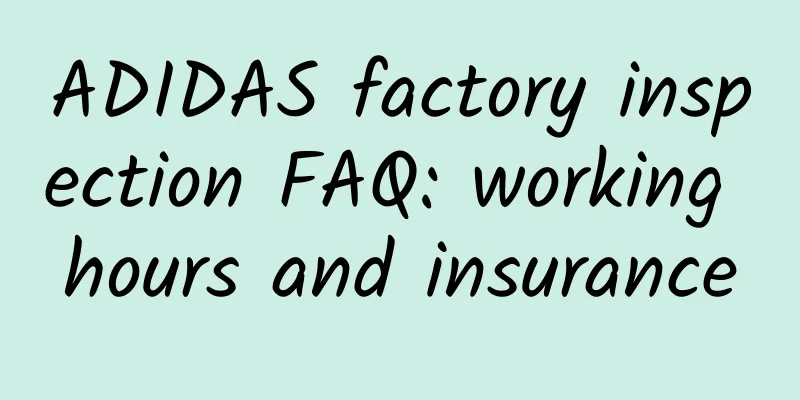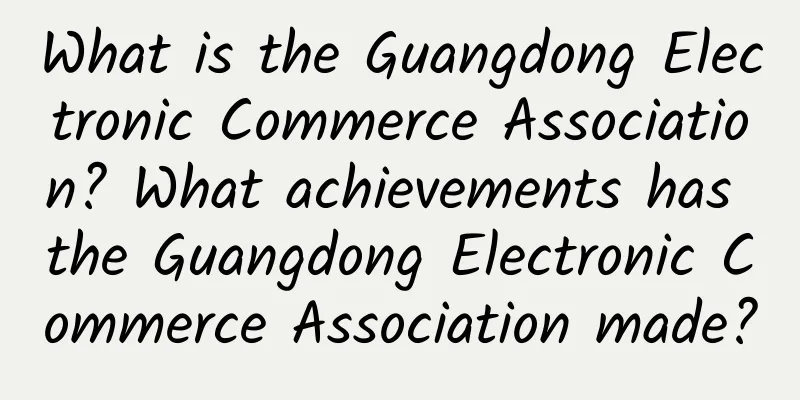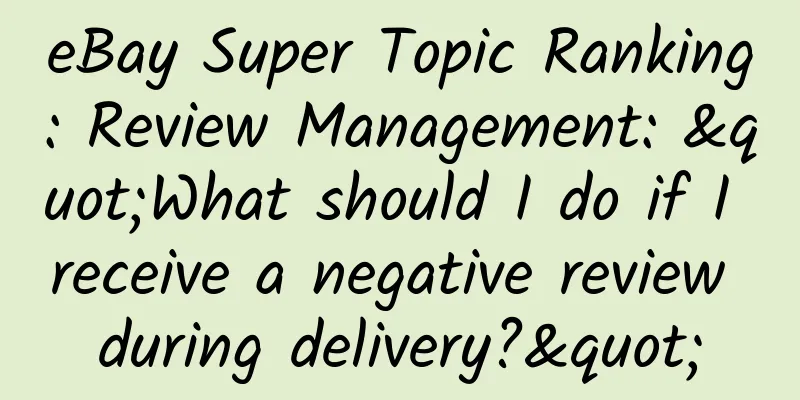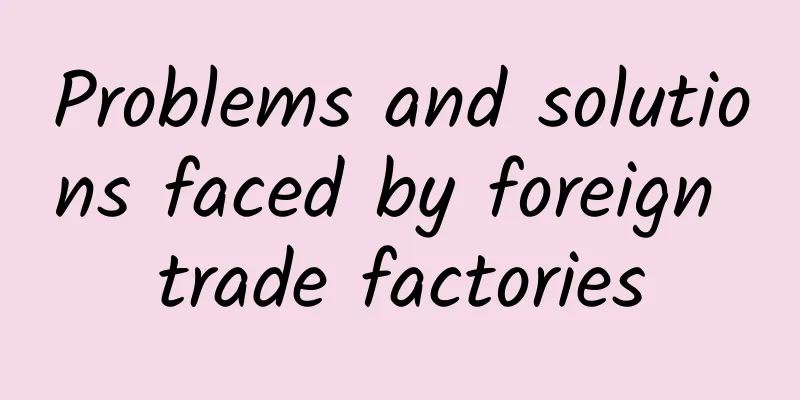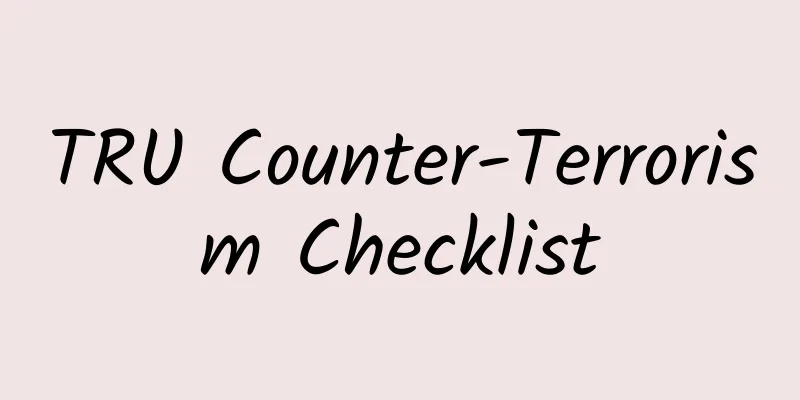Unraveling the "mystery" of cross-border procurement
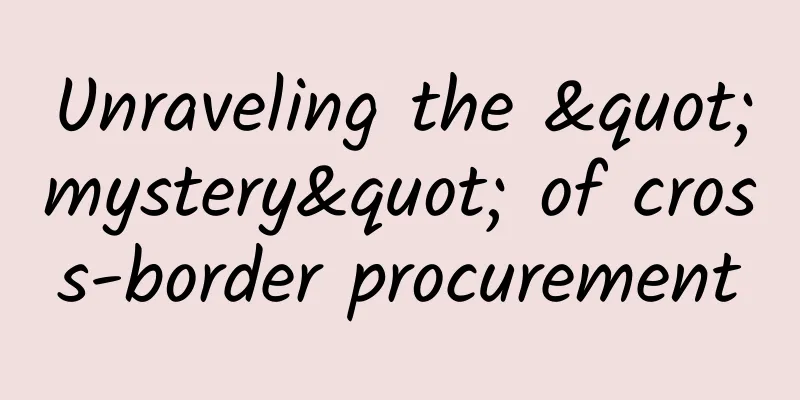
|
At the 2003 Cross-Border Procurement Fair (Shanghai, China), a paper product manufacturer in Hangzhou finally reached a preliminary agreement with Wal-Mart for the first transaction of 20 million paper cups. A few days later, Wal-Mart unilaterally cancelled the supply agreement. The reason was that the toilet environment of the company did not meet the standards of Wal-Mart suppliers. In September 2003, a shoe factory with about 500 employees in Zhongshan City, Guangdong Province was suspended for two months by its customers for rectification because it did not meet the minimum wage standard stipulated by local laws. At the end of 2003, a glove manufacturer in Shanghai that had passed various product quality certifications failed to pass the factory inspection of a well-known retail company because it did not comply with the provisions of the Labor Law regarding maternity leave for female workers. More and more suppliers have found that buyers' "tastes" seem to be getting higher and higher. In addition to product quality, technical content, company size, and logistics level as necessary conditions for selection, requirements such as workers' rights, internal company environment, and protection of the social environment have also become part of the assessment, and the test question is "social responsibility standards." It is estimated that since 1995, at least 8,000 factories in my country's coastal areas have undergone social responsibility audits by multinational corporations. Some companies have received more orders due to their good performance, while some factories have been disqualified as suppliers because they have no sincerity in improving. Social responsibility standards have become a new trade barrier. Countless suppliers have stumbled over the "toilet problem". As a result, many companies have come up with SA8000, the highest level of corporate ethics standards. SA8000 is the world's first social ethics responsibility standard and is another important new international standard for regulating the social ethics of corporate organizations after ISO9000 and ISO14000. It requires companies or organizations to take the initiative to assume responsibility for the environment, society and stakeholders while making profits. |
>>: How can we conduct repeated factory inspections with different standards?
Recommend
Special reminder: The EU prohibits the addition of sugar ingredients to fruit juice
Recently, the European Council passed a new regula...
What is organic cotton? What are the requirements for organic cotton products?
Organic cotton is of great significance to protec...
eBay personal store opening process and precautions
A reader asked me, what is the process of opening...
eBay overseas warehouse access rules in 2020~
eBay overseas warehouse access rules and regulati...
How much eBay commission do I need to pay? How can I reduce eBay commission?
eBay's selling fee is also called the categor...
What is Elabelz? What are the characteristics of the Elabelz platform?
What is Elabelz? Elabelz aims to be the largest o...
What are the requirements for labeling for FLAX European Linen Certification/European Linen Certification?
B. Traceability chain description This standard a...
Sanofi-Aventis factory audit super network guidance latest passed
Sanofi-Aventis Group English: Sanofi-Aventis The ...
Benefits of Using Instagram Live to Market Your Business
Instagram has become a great platform to use in y...
Social Responsibility Compliance Audit Checklist (II)
Carrefour Factory name: XX Dacheng Toys Co., Ltd....
The second phase of the Canton Fair closed, costs rose, and companies were afraid to accept orders
Nanfang Daily News (Reporter/Wu Zhe Huang Yingchu...
How do buyers use Cross-border Payment? Can the settlement of USD recharged in Cross-border Payment be delayed?
Who are the main users of Kuaibeibao? Cross-borde...
Routine matters for Woolworths factory inspection for European and American customers
Routine matters for Woolworths factory inspection...
Walmart changes some of its factory inspection standards in 2015
In 2015, some of Walmart's factory inspection...
How to sell well on eBay? Where to start?
Many new eBay sellers may still be unfamiliar wit...
